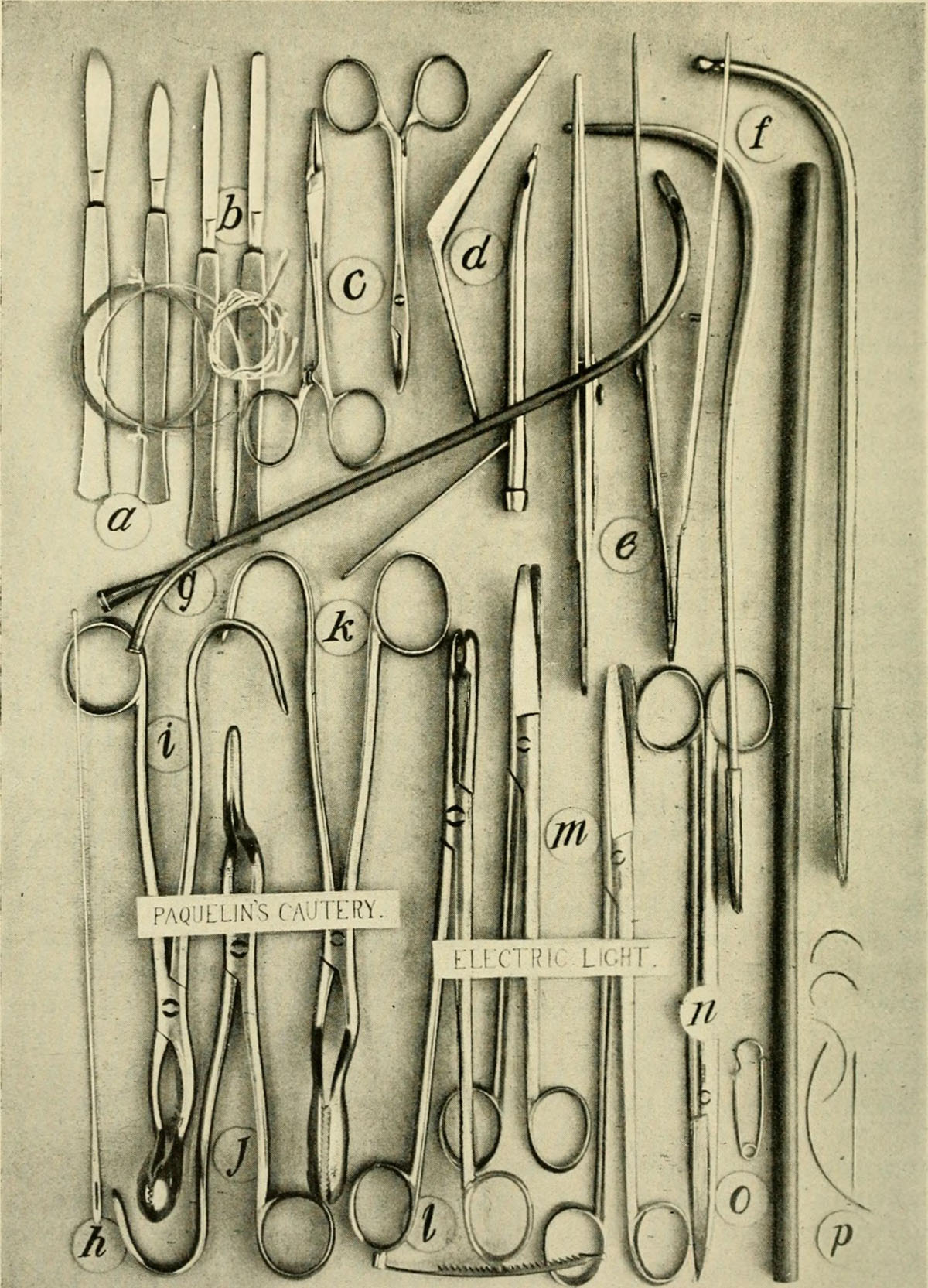
Radiation therapy, surgery, immunotherapy and chemotherapy are some of several ways that you can treat cancer in animals. Surgery is the most common one and it means that the veterinarian cuts pieces or all of cancer affected tissue from the animal. This surgery can be aimed to remove the tumor partly, completely, or just use a small portion of affected tissue (preoperative procedure called biopsy), in order to determine the type of cancer.
In case of a benign tumor, surgery is a standard procedure. The goal is to remove all tumor affected tissues, and success of this surgery depends on the size and location of the tumor in the animal.
In cases where complete removal of tumor is impossible due to location of it, or other causes, partial removal of tumor called debulking is used. Because this procedure leaves cancer cells behind in the body, some postoperative procedures like chemotherapy or radiation are applied.
In cases when tumor is located in the body cavities like the abdomen or chest, veterinarians often apply an exploratory type of surgery. This is done because in these cases it is impossible to determine the exact size and location of the tumor. Because of that, only when surgery has started, the surgeon can see and determine the type, location and size of the tumor and proceed with the operation accordingly. He can look where the tumor is, and then decide to operate and not to only perform biopsy.
Big portion of animals and pets undergo general anesthesia, during a surgical procedure. Veterinarian’s uses latest and most advanced kind of anesthesia, and monitor a sedated animal continuously. The type of general anesthesia is determined according to each specific animal, meaning its age, weight, state of internal organs, and it usually goes without problems.
Post operative period for pets and animals that undergo surgery and general anesthesia, are usually accompanied with mild discomfort and pain. Pain medicament are used regularly, and wounds itself require very little post operative attention, besides observing and marinating hygiene.
Possible post operative complications depend on the type of surgery performed, and type and location of tumor in animal, but unforeseen complications are relatively rare. Supportive measures can be performed before, during and after the surgical procedure, and in cases that it is necessary, variety of feeding tubes are used after surgery. Prior to the surgery, the veterinarian explains and discusses with the pet owner possible risk factors and amount of them.
Depending on the type of surgery and tumor, and other factors like animal age and health, some additional postoperative treatments may be recommended. In cases that surgeon did not remove all of tumor, radiation and chemotherapy is required. Also, additional annual reexamination may be required, in order to monitor the pet’s health.





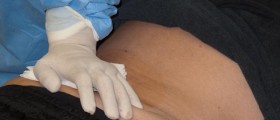





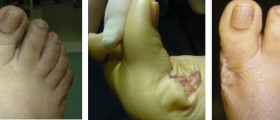
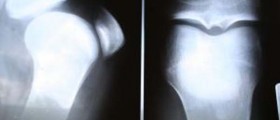
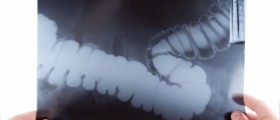



Your thoughts on this
Loading...